Why Big brands of fashion need Shopify?
If you belong to the fashion industry, you know that attention to minute detail is important.
May 25, 2022In today's fast-paced world, no one has the patience to wait for a slow eCommerce site to load. Slow page speeds and lagging websites can cause visitors to become frustrated and ultimately leave without making a purchase. Therefore, it's essential to optimize your eCommerce site's performance and page speed to keep your customers engaged and satisfied. Here are 13 ways to do that:
Look for an eCommerce platform that's fast—out of the box:
The speed of your eCommerce site heavily depends on the platform you choose. Ensure that the platform you select is optimized for speed. For example, Shopify is an eCommerce platform that's known for its speed and performance. Its servers are built on Google Cloud, which ensures fast load times, even during high traffic periods.
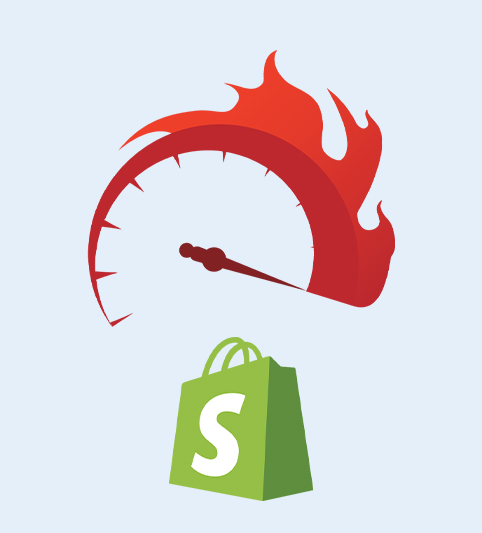
Use fast and reliable hosting:
Your site's hosting plays a significant role in its performance. Choose a hosting provider that is fast and reliable. Some examples of hosting providers known for their speed are SiteGround, Bluehost, and WP Engine.
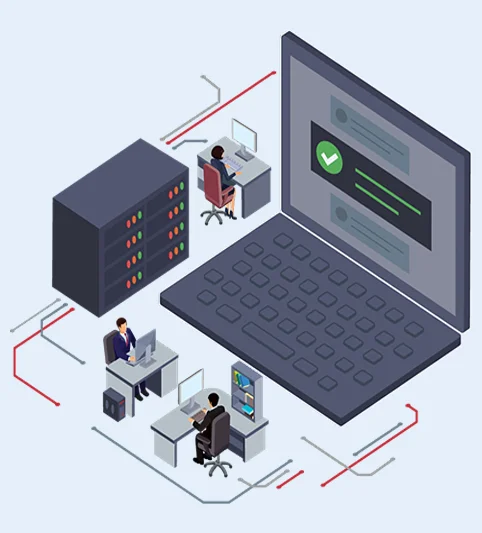
Use a content delivery network (CDN):
A CDN can significantly improve your site's load times by caching content in multiple locations. When a user visits your site, the CDN will serve the content from the nearest location, reducing the load time. Cloudflare is an example of a popular CDN that can improve your site's performance.
.webp)
Organize your tracking with Google Tag Manager:
Google Tag Manager is a free tool that allows you to manage tags and code snippets on your site, making it easier to keep track of your website's performance. With Google Tag Manager, you can track user behavior, monitor conversions, and make data-driven decisions to improve your site's performance.
Unblock the browser from parser-blocking scripts:
Parser-blocking scripts can slow down your website's load times. Ensure that they are unblocked to improve your site's performance. You can use the Google PageSpeed Insights tool to check if any parser-blocking scripts are affecting your site's load time.

Prioritize testing and optimizing your mobile performance:
More people are shopping on their mobile devices than ever before. It's crucial to test and optimize your mobile site to ensure it's as fast as your desktop site. Google's Mobile-Friendly Test is a tool that can help you check your site's mobile performance and identify areas for improvement.
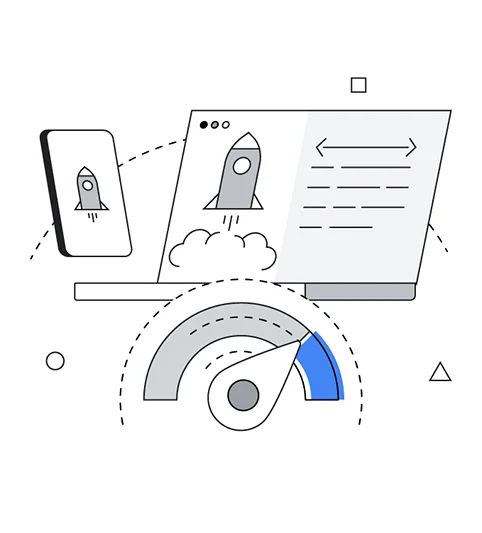
Use pop-ups sparingly:
While pop-ups can be useful for promotions or email sign-ups, they can also slow down your site's load times. Use them sparingly, and ensure that they don't block your site's main content.

Beware of excessive liquid loops:
Liquid loops can slow down your site's performance. Be mindful of using excessive loops, and optimize them to improve your site's speed. Shopify has a Liquid code optimization tool that can help you identify and fix any issues with your site's Liquid code.
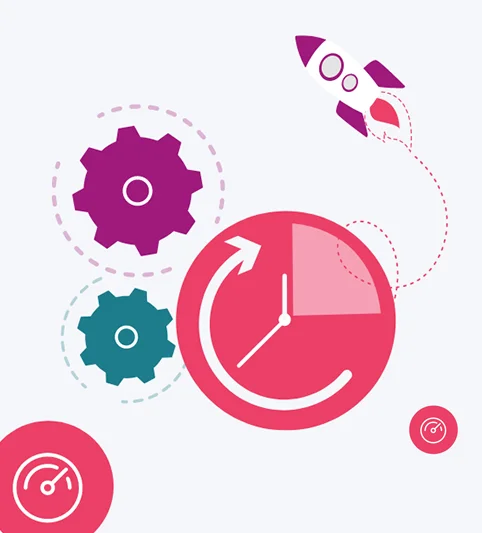
Decrease thumbnail image sizes:
Thumbnails are essential for showcasing products, but they can also slow down your site's performance. Decrease their sizes by compressing them without sacrificing image quality. You can use image optimization tools like TinyPNG or Compressor.io to compress your images without compromising quality.

Ease up on homepage hero slides:
Homepage hero slides can look great, but they can also slow down your site's load times. Consider reducing the number of slides to improve your site's performance. You can use Google's PageSpeed Insights tool to check if your homepage hero slides are affecting your site's load time.

Weigh the benefits of installing another app for your site:
While apps can be useful, installing too many can slow down your site's performance. Consider the benefits before installing another app, and remove any apps that you don't need. Shopify has a built-in app store where you can find and install apps that are specifically designed to work well with their platform. When considering an app, make sure to read reviews and do some research to ensure it's reliable and won't negatively impact your site's speed.
Be mindful of the number of apps you have installed on your site and regularly review them to ensure they are still necessary and contributing positively to your site's performance.

Compress and reduce images in size and number:
Large and numerous images can significantly slow down your site's performance. Compress and reduce their sizes to improve your site's speed. You can use image compression tools like Kraken.io or ImageOptim to reduce the file size of your images.
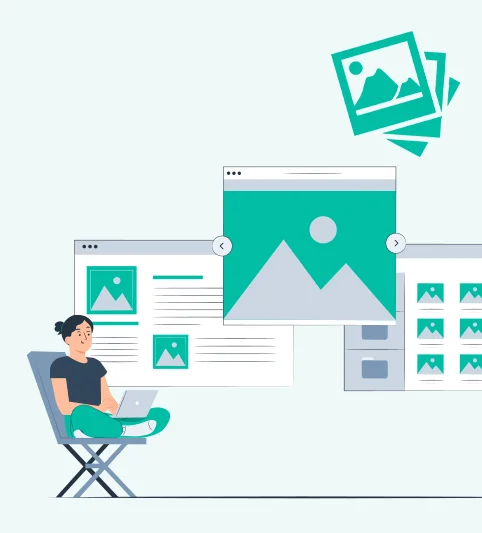
Use lite embeds to add video:
Adding videos to your site can make it more engaging, but it can also slow down your site's load times. Use lite embeds to add videos instead of embedding them directly on your site. YouTube and Vimeo offer lite embed options that load faster than traditional embedded videos.

"Minify" your code:
Minifying your code means removing unnecessary characters like spaces and comments to reduce the file size. This can significantly improve your site's performance. You can use tools like UglifyJS or YUI Compressor to minify your code.
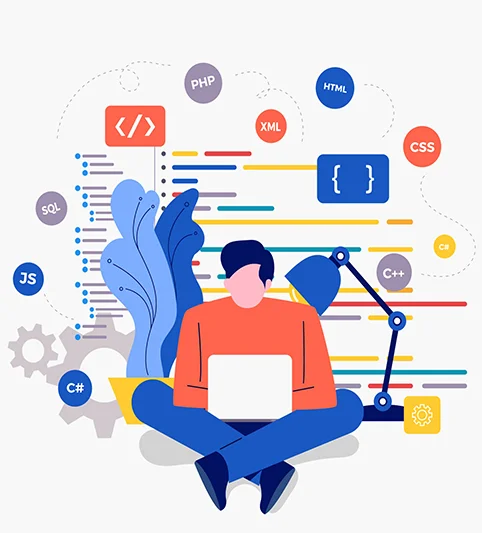
Reduce redirects and remove broken links:
Redirects and broken links can slow down your site's load times and negatively impact user experience. Reduce the number of redirects and remove any broken links to improve your site's performance. You can use tools like Screaming Frog to identify broken links on your site.
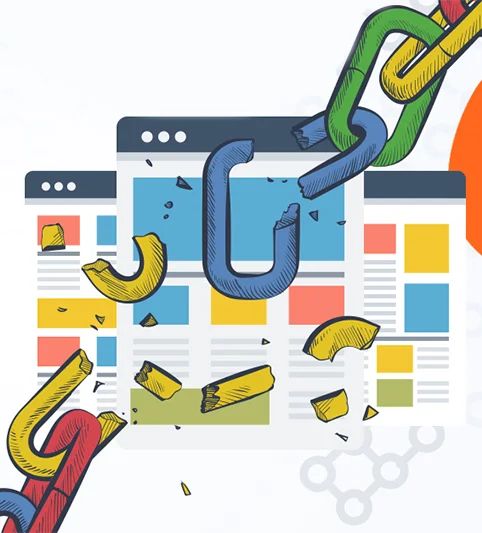

Transform Your online presence with Toronto's Trusted Web Development, Graphic Design, and E-commerce Specialists. Enhance Your Online Presence Today.

